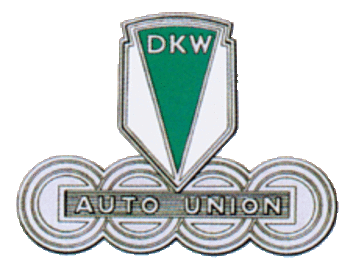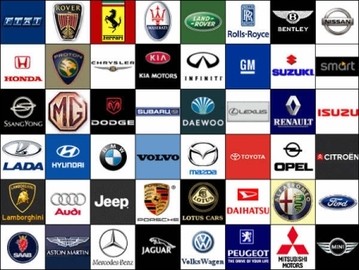DKW-Vemag
Brand
From 1956 to 1967, DKW cars were made in Brazil by the local company Vemag (Veículos e Máquinas Agrícolas S.A., "Vehicles and Agricultural Machinery Inc."). Vemag was assembling Scania-Vabis trucks, but Scania Vabis became an independent company in July 1960. The original plans were to build the Candango off-roader (Munga), a utility vehicle and a four-door sedan, called Vemaguet and Belcar respectively. The first model built was the 900 cc F91 Universal but the Belcar and Vemaguet names were applied later.
In 1958, the F94 four-door sedan and station wagon were launched, in the early 1960s renamed Belcar and Vemaguet. The company also produced a luxury coupe (the DKW Fissore) and the off-road Munga (locally called Candango). In 1960 Vemag cars received the larger one-litre, 50 PS (37 kW) engine from the Auto Union 1000.
Subject ID: 1201
MoreFrom 1956 to 1967, DKW cars were made in Brazil by the local company Vemag (Veículos e Máquinas Agrícolas S.A., "Vehicles and Agricultural Machinery Inc."). Vemag was assembling Scania-Vabis trucks, but Scania Vabis became an independent company in July 1960. The original plans were to build the Candango off-roader (Munga), a utility vehicle and a four-door sedan, called Vemaguet and Belcar respectively. The first model built was the 900 cc F91 Universal but the Belcar and Vemaguet names were applied later.
In 1958, the F94 four-door sedan and station wagon were launched, in the early 1960s renamed Belcar and Vemaguet. The company also produced a luxury coupe (the DKW Fissore) and the off-road Munga (locally called Candango). In 1960 Vemag cars received the larger one-litre, 50 PS (37 kW) engine from the Auto Union 1000.
Subject ID: 1201
Subject ID: 1201

